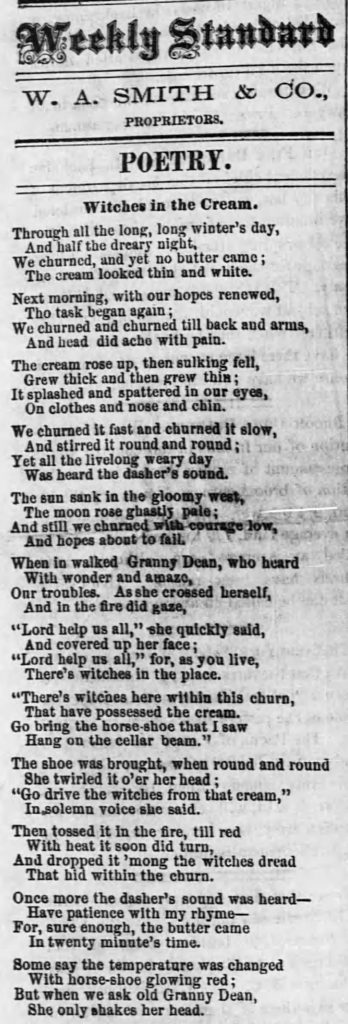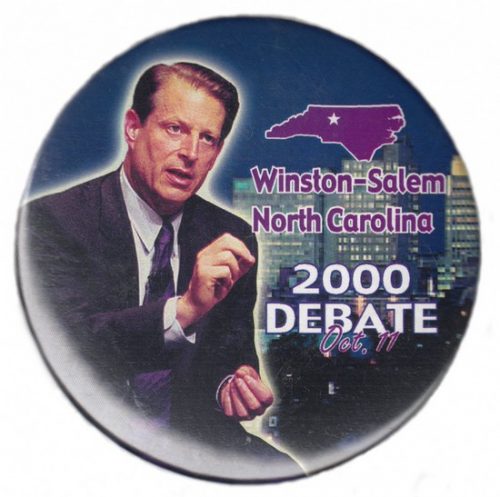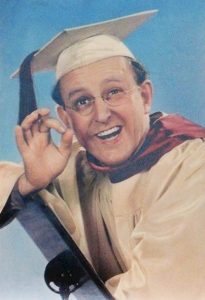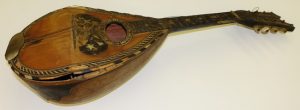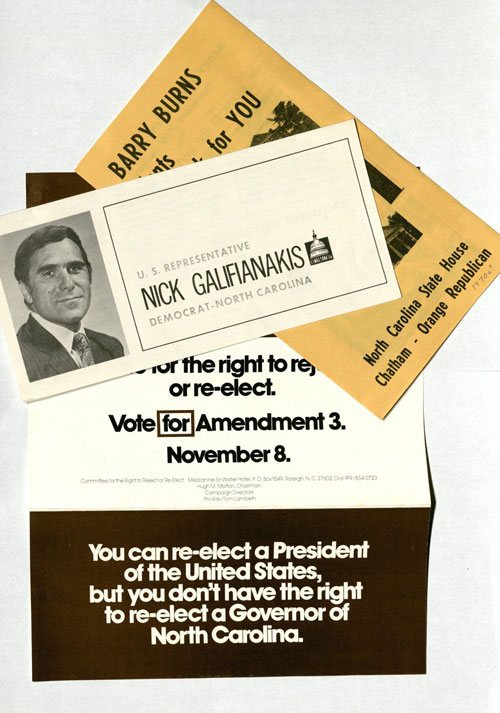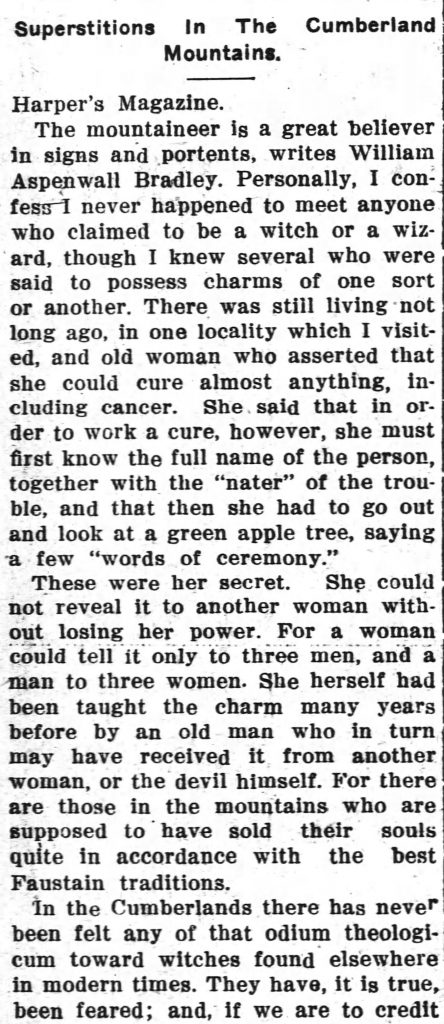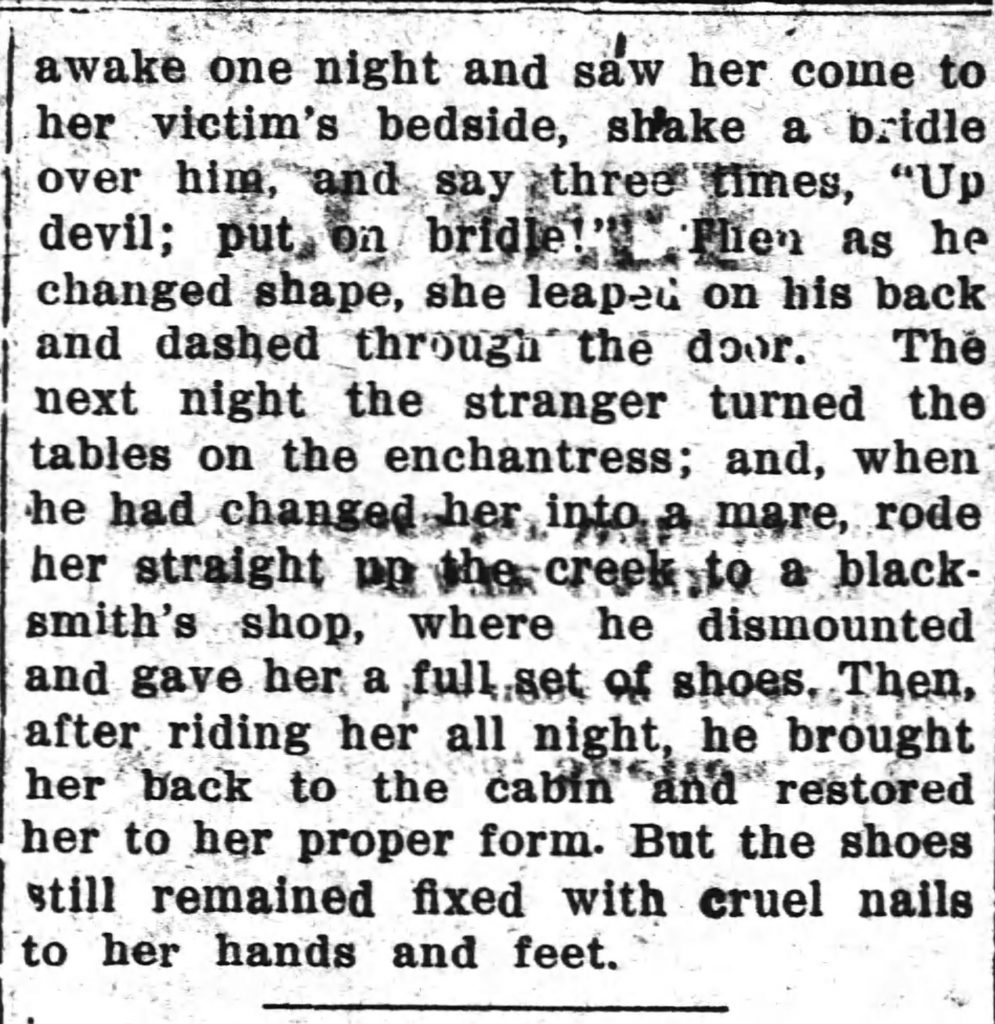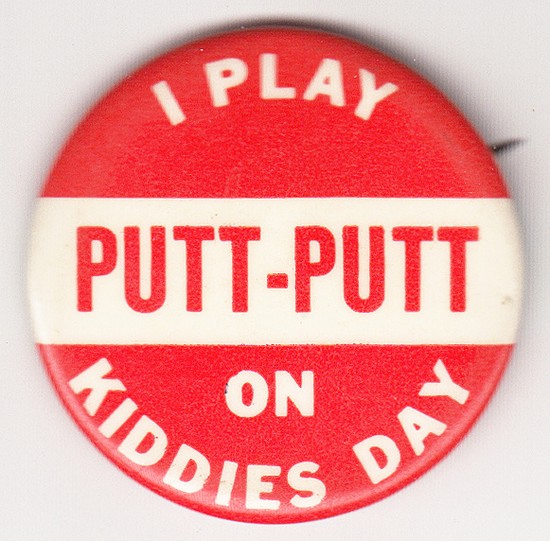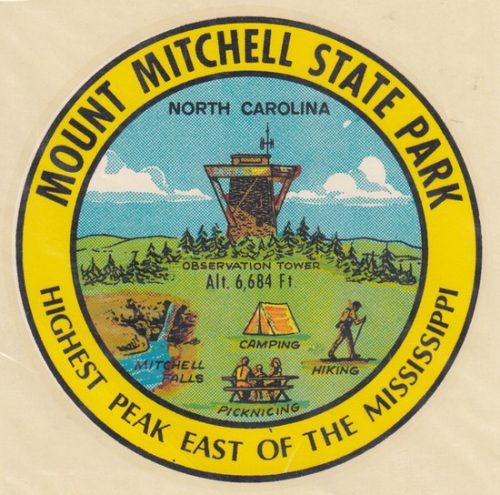1. What innovation made by Warner Stamey of Greensboro in the 1950s soon became common at barbecue joints across the state?
2. Who were the 23 Charlotteans who appeared on the cover of Life magazine on July 9, 1951?
3. Jesse Helms teasingly sang “Dixie” to what fellow U.S. senator during a 1993 Capitol Hill elevator ride — Strom Thurmond, Ted Kennedy or Carol Moseley-Braun?
4. What event do the state’s ACC basketball fans remember as “Black Sunday”?
5. In a 1951 magazine article, sociologist Vance Packard described what North Carolina county as “the bootleg capital of America”?
Answers below
1. Stamey added hushpuppies, a staple at fish camps, to his menu. Before, barbecue was typically served with white bread or rolls.
2. Debutantes — “looking as gracious as any ante-bellum belles.” Inside, Life devoted a four-page spread to Charlotte’s recent challenge to “the social supremacy” of Raleigh.
3. Moseley-Braun. Two weeks earlier, the black Democrat from Illinois had thwarted Helms’ effort to renew a patent for a United Daughters of the Confederacy insignia that depicted a Confederate flag. Most recently Helms, as chairman of the Senate Foreign Relations Committee, temporarily held up Moseley-Braun’s nomination as ambassador to New Zealand.
4. On March 11, 1979, St. John’s and Penn came to Raleigh and posted two of the biggest upsets in the history of the NCAA tournament. St. John’s, the 40th and last team selected, beat No. 2 seed Duke, and Penn of the Ivy League came from behind to beat No. 1 seed North Carolina.
5. Wilkes County.
